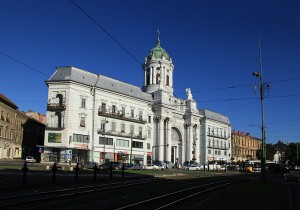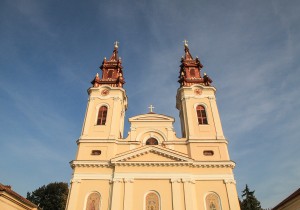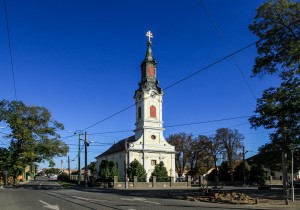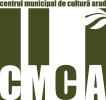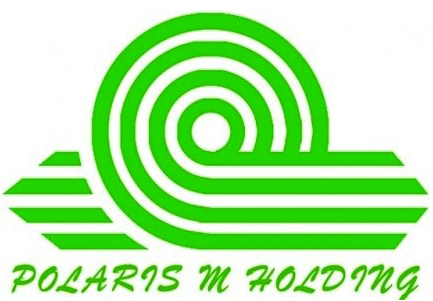The “Red Church” was designed by architect Szántay Lajos in Neo-Gothic style and built in the centre of Arad, in Luther Square, during the period of 1905-1906 by Iosef Frick. The building was restored between 1992-1994, date marked on a plaque in the lobby.
History
The Romanian Evangelical Lutheran Church came into being at the end of the Great War (1914-1918), its founders being the evangelical lutheran community from the regions of Transylvania and Banat.
For a period of time, the city of Arad was the center of this cult and today it owns a beautiful Evangelical Lutheran Church.The Evangelical Lutheran Church of Arad has laid its foundation stone in March, 1905, the construction of the Church being completed in September, 1906. The sanctification ceremony took place in the presence of Bishop Sarany Samuel.
The edific built by Joszef Frick, with the architectural plans of Ludovic Szantay, is located in the Luther Square. According to local history, the location of this building has presented the architect with many technical difficulties, as the church was supposed to be positioned in the middle of Luther Square without blocking the access to the Courthouse behind.
Architecture
The Evangelical Lutheran Church belongs to the neo-gothic style. Both the façades and the interior bear the elements of typical neo-gothic decorative language. The pulpit and the altar of the Church were made by the famous sculptor György Örr from Kosice.
The altar painting shows the theme of “Jesus’s prayer in the Garden of Gethsemane” and was completed by painter I. Umlauf in 1848, later on being brought here from an older church.
The wooden benches in the Church were manufactured by a local carpenter, Ferenc Sebessy. The electro-pneumatic organ, installed in 1928 and inaugurated on December 8, 1929, was designed by the firm “Wegenstein and Sons” (one of the most important builders of pipe organs in that era).
The 13 stained glass windows were made in Budapest, illustrating the initiators (Luther and Melanchton) of church reformation, as well as moments from the life of Jesus Christ.
Interesting facts
At the inauguration, the Church had three bells weighing 1590 kg. During the Great War, the local authorities decided that two of the three bronze bells be removed from the church in order to be used as raw material for projectiles. Only one bell remained. The church bells were moulded in a local workshop of Hönig Frigyes.
Similar tourist attractions
The Church of the Minorites Order, located in the centre of Arad, was built in 1902-1903 on the former site of a Baroque church, according to a project developed by architect Emil Tabacovits.
The "Birth of Saint John the Baptist" Orthodox Cathedral is a monument of baroque architecture. The edifice was built between 1862-1865 under the direction of a local architect Anton Ziegler.
The oldest building in Arad, The Serbian Church was built between 1699-1702, its cost covered by Iovan Popovici Tekelija. The building was restored by architect Miloș Cristea, during 2002-2008.

